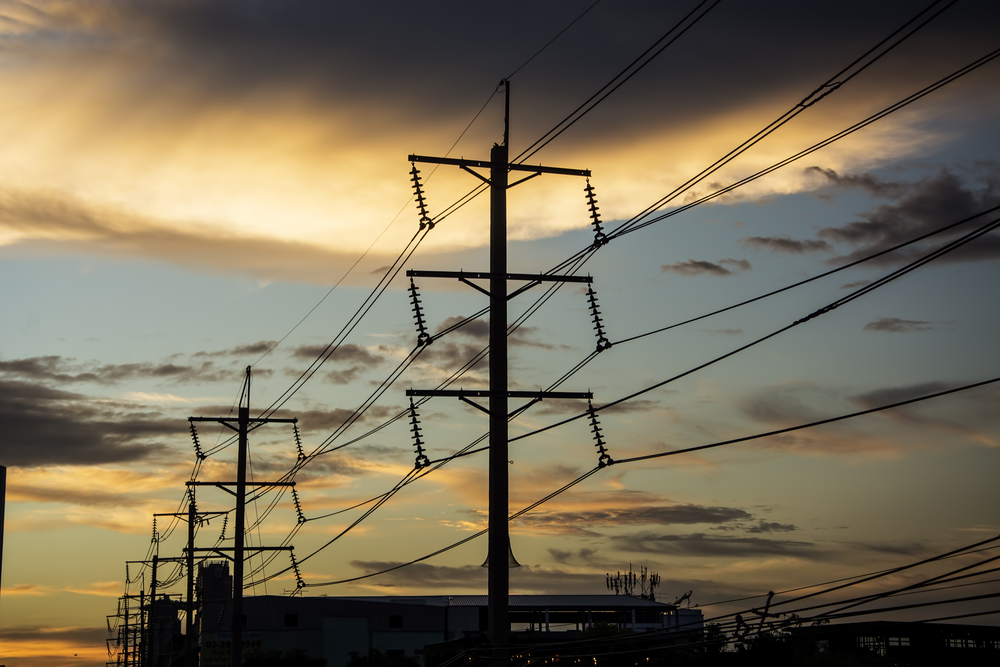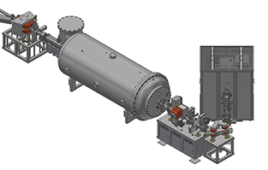
Remember back in 2003 when overgrown trees hit a power line in Cleveland and cut electricity to 50 million people in two countries? Or how about the storm that disrupted service to 1.7 million customers in Australia in September after backup generators failed?
A team of researchers from Vanderbilt, Washington State and North Carolina State universities are charged with reinventing and protecting America’s power grid, and they’re taking their first solutions on a demonstration tour. Stops include the 8th ACM/IEEE International Conference on Cyber-Physical Systems in Pittsburgh beginning April 18 and the 20th IEEE International Symposium on Real-Time Computing in Toronto beginning May 16.
The idea is to build an underlying, open-source software platform to support decentralized applications that increase the power grid’s resilience and protect it from dangers ranging from terrorists to tree branches. The platform is also designed to quarantine problems while the rest of the system runs normally and to allow for seamless transition among wind and solar power, batteries, generators and traditional coal-fired and nuclear power plants as needed.
“Resilience is of national importance, and what we’re building is information systems technology that can tie together the different elements of a smart grid and make it more reliable by adding computing to the components,” said Gabor Karsai, associate director of Vanderbilt’s Institute for Software Integrated Systems and lead researcher on the project. “What this means is, if there’s a fault in one part of the system, we can react faster, inform other parts of the system and take action to protect the grid.”
The team designed a microgrid controller that calculates and monitors voltages and phase angles and uses inverters to change those when necessary. That allows microgrids to match perfectly with main power grids so that, for example, if the wind suddenly blows at hurricane strength or stops altogether, wind-powered turbines instantly disconnect or pull in power from traditional sources. Or if a tree hits a line in Cleveland, that area is closed off from the grid while a smaller generator carries the load.
“If that happens and voltages and phase angles aren’t the same, and you flip the switch, something will blow up. Literally,” Karsai said.
Their platform, called Resilient Information Architecture Platform for Decentralized Smart Systems (RIAPS), is made possible by the added computational layer of fog computing. Unlike the cloud, the fog is close enough to the problem to handle these complex transactions in milliseconds.
But relying on computing infrastructure away from centralized data centers increases the likelihood of failure, said Abhishek Dubey, a Vanderbilt co-investigator on the project, so the team addressed that. “We’re designing distributed services into the platform, and those detect and manage failures and then systematically reconfigure the applications if the faults persist,” said Dubey, an assistant professor of computer science.
The team also is demonstrating two apps that go on top of the platform: one for power providers and the other for consumers.
The first monitors demand and adjusts the market price. The second monitors the price and sets thermostats in homes and offices to achieve the highest savings – not necessarily based on what’s most comfortable. The Nest is the closest technology to the home-based app, but it only communicates with Google and not with other apps as the RIAPS version does.
Vanderbilt’s Institute for Software Integrated Systems is partnering with Professor Anurag Srivastava at Washington State University and Professor Srdjan Lukic at North Carolina State University, both nationally recognized experts in power systems.
The work is funded by a $3.5 million award from ARPA-E’s OPEN 2015 program, a call to scientists and engineers for transformational technologies outside the scope of ARPA-E’s existing focused programs. ARPA-E funds technologies that display technical promise and commercial impact but are too early for private-sector investment.




